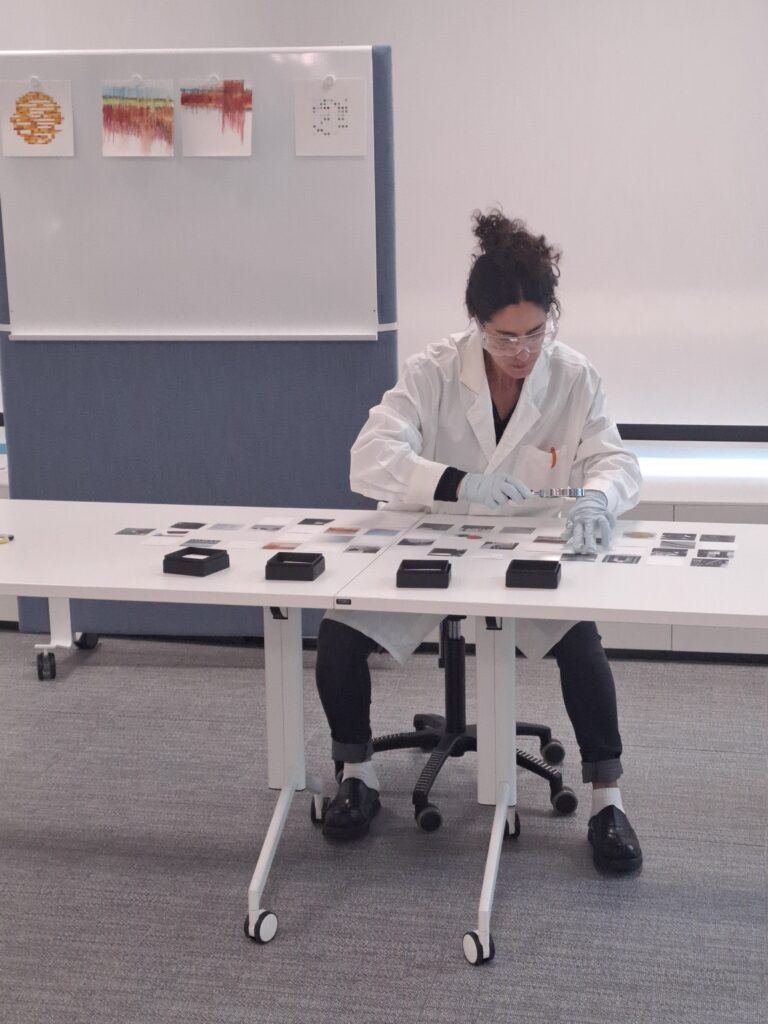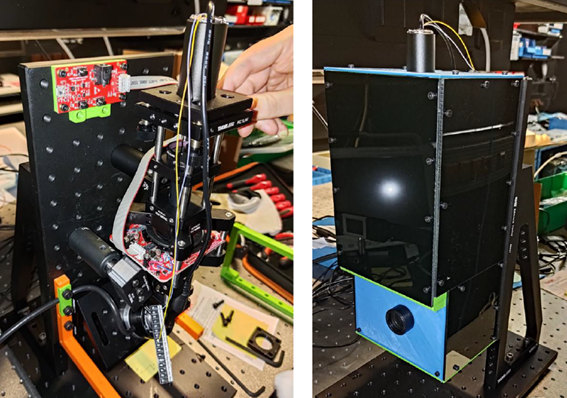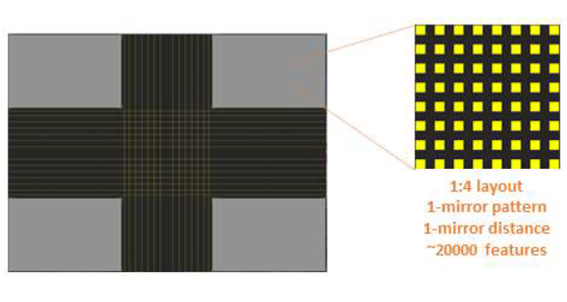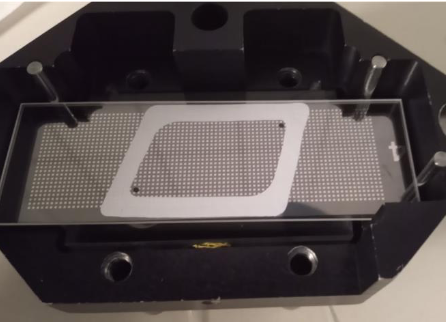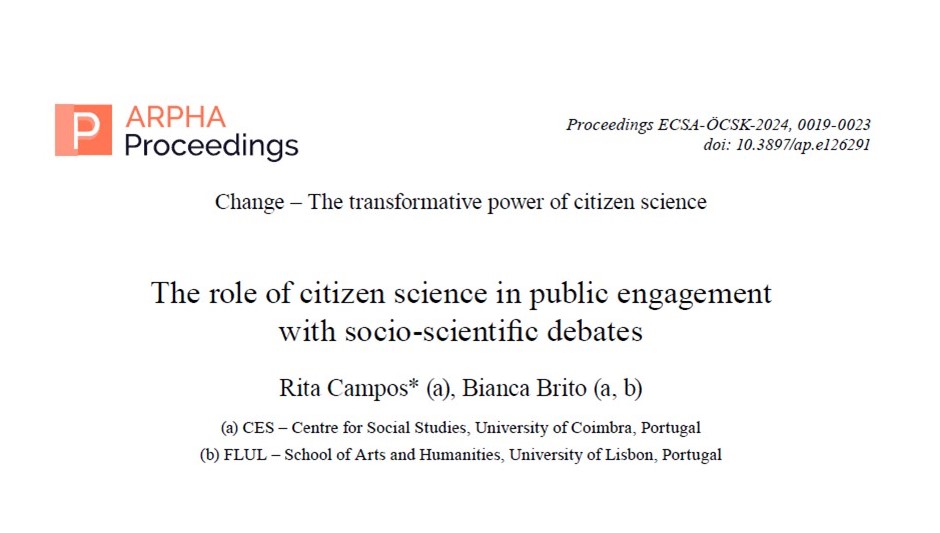Bioassembler members Gisela Ibañez-Redín and Mark M. Somoza, from the University of Vienna, recently published the results of their research into the use of camphorsulfonyl oxaziridine (CSO) as a nonaqueous alternative to I2/H2O, in DNA microarray synthesis.
About the study:
Platforms utilizing nucleic acids attached to electrically conductive surfaces are commonly employed for sensing and analyte detection. However, synthesising DNA on these substrates and preserving the conductive layer is a challenge, as this coating tends to be damaged by repeated use of iodine and water, which is the standard oxidising medium after phosphoramidite coupling.
Researchers then investigated the use of camphorsulfonyl oxaziridine (CSO), a non-aqueous alternative to I2/H2O, for DNA microarray synthesis. The study revealed that CSO performs equally well in producing high hybridisation signals on glass microscope slides. Additionally, CSO also protects the conductive layer on gold and indium tin oxide (ITO) coated slides.
Click on the link to access the scientific paper, published in the American Chemical Society’s journal Analytical Chemistry:
